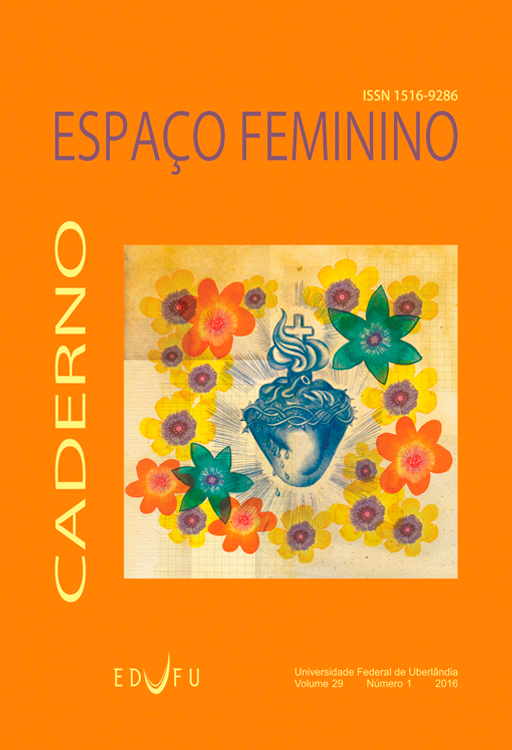RELIGIÃO, GÊNERO E CIBERESPAÇO: relações moldadas pela modernidade
Resumo
Resumo
As relações entre mídia e religião estão cada vez mais recorrentes na pauta dos estudiosos do fenômeno religioso. Em escala global encontramos diversos trabalhos que se debruçam sobre as questões relacionadas com o uso de tecnologias e recursos midiáticos por parte dos mais diversos segmentos religiosos[1]. O que testemunhamos atualmente é uma intensa virtualização da vida cotidiana, principalmente no mundo ocidental, tal fenômeno também influencia a religião que, por sua vez, não tem sido indiferente ao uso destas novas tecnologias. Dentro destas propostas de investigação se destacam os trabalhos acerca da preponderância do neopentecostalismo[2] no uso destas ferramentas tecnológicas e comunicativas. Por outro lado, a medida que vemos esta relação entre religião e tecnologia da informação se intensificar e aprofundar surgem reflexões calcadas nas novas formas de expressar o sagrado e de disputar o sentido da experiência religiosa numa perspectiva contra hegemônica. Tal movimento traz discussões de vanguarda, como por exemplo, relações de gênero, machismo e violência contra a mulher. Temas ainda silenciados nos espaços religiosos, mas que cada vez mais são pautados por lideranças femininas nos espaços virtuais e presenciais das igrejas.
Palavras-chave: Religião. Ciberespaço. Tecnologia.
RELIGION, GENDER AND CYBERSPACE: relationships shaped by modernity
Abstract
             Relations between media and religion are increasingly recurrent on the agenda of the scholars of the religious phenomenon. On a global scale we find several works that focus on the issues related to the use of technology and media resources by the various religious segments. What we witness is currently an intense virtualization of everyday life, especially in the Western world, this phenomenon also influences the religion which, in turn, has not been indifferent to the use of these new technologies.Within these research proposals stand out the work on the dominance of neo-Pentecostalism in the use of these technological and communication tools. On the other hand, as we see this relationship between religion and information technology to intensify and deepen reflections arise sidewalks in new ways to express the sacred and to dispute the meaning of religious experience in perspective against hegemonic. This movement brings the forefront of discussions, such as gender relations, sexism and violence against women. Themes also silenced in religious spaces, but are increasingly guided by women leaders in virtual and actual spaces of churches.
Key words:Religion. Ciberspace. Technology.




